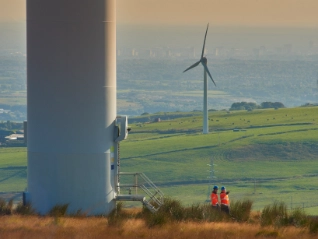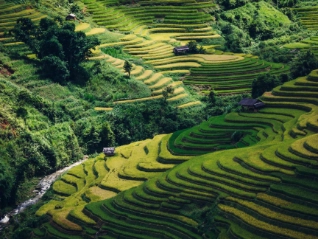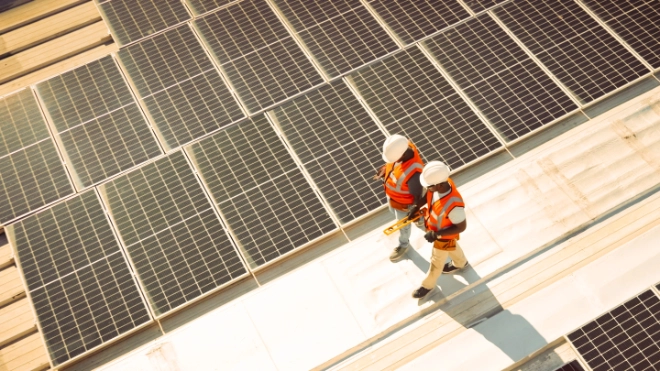Rapporten
Blijf op de hoogte van economische trends, risicoanalyses en exportstrategieën met onze rapporten en analyses. Speciaal ontwikkeld om exporteurs en financiële besluitvormers te ondersteunen op wereldwijde markten.
 Nederlandse Staatsbedrijvenvh
Nederlandse Staatsbedrijvenvh

Blijf op de hoogte van economische trends, risicoanalyses en exportstrategieën met onze rapporten en analyses. Speciaal ontwikkeld om exporteurs en financiële besluitvormers te ondersteunen op wereldwijde markten.







Meer laden
Pagina 7 van 107








Een veilige oplossing voor uw exporttransactie?
Ontvang automatisch ons online magazine - Creditnotes.